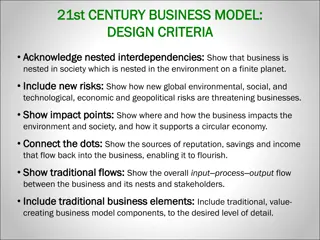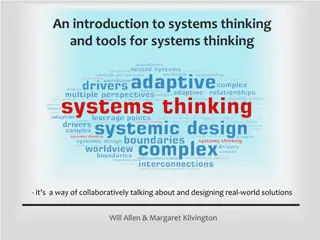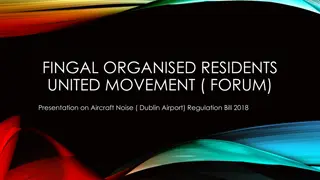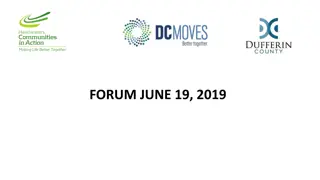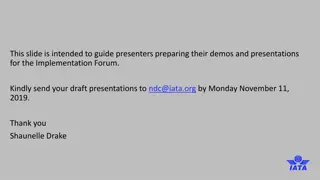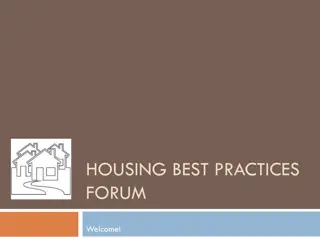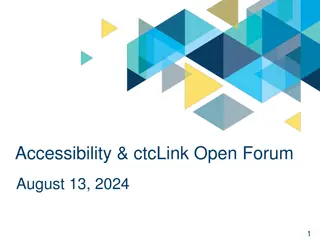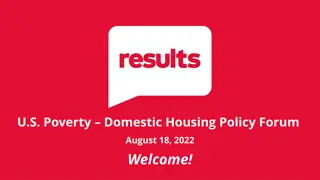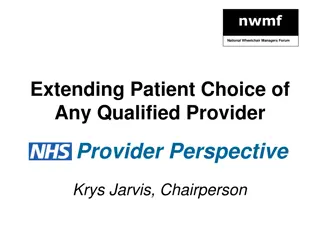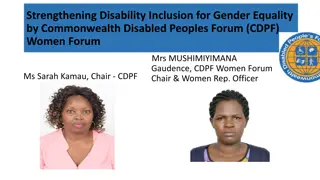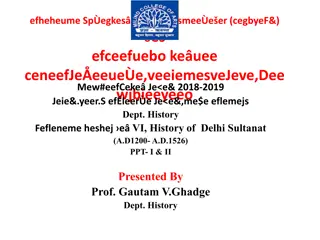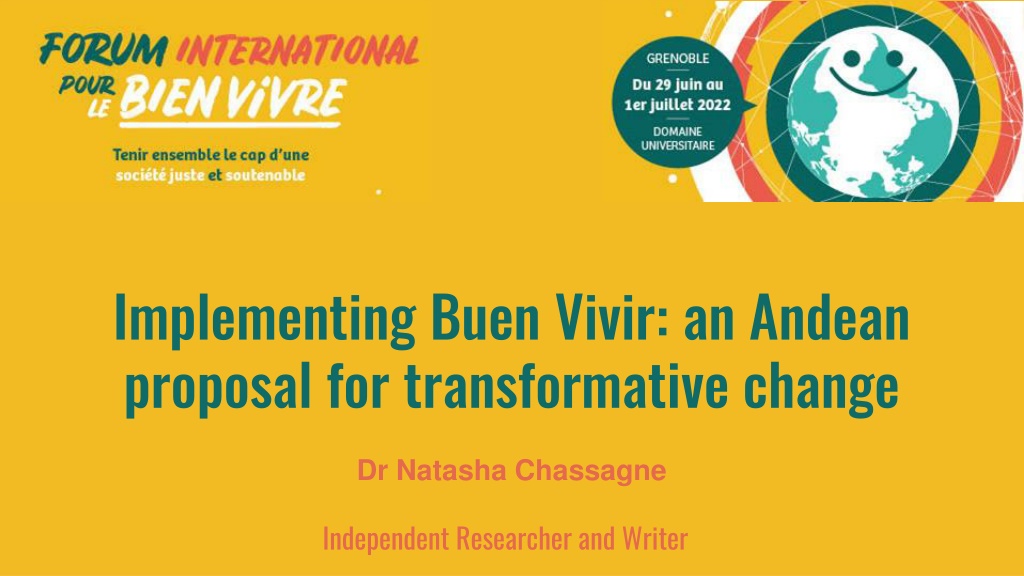
Implementing Buen Vivir: An Andean Proposal for Transformative Change
Discover the concept of Buen Vivir, a complex indigenous philosophy emphasizing social and environmental sustainability. Delve into the research by Dr. Natasha Chassagne, exploring principles, key findings, and the roles of different actors in implementing Buen Vivir for a better world.
Download Presentation

Please find below an Image/Link to download the presentation.
The content on the website is provided AS IS for your information and personal use only. It may not be sold, licensed, or shared on other websites without obtaining consent from the author. Download presentation by click this link. If you encounter any issues during the download, it is possible that the publisher has removed the file from their server.
E N D
Presentation Transcript
Implementing Buen Vivir: an Andean proposal for transformative change Dr Natasha Chassagne Independent Researcher and Writer
WHAT IS BUEN VIVIR? Buen Vivir is a complex concept for social and environmental sustainability based on Indigenous worldviews one that has evolved over time to include ideas from politics, academia and non-Indigenous communities. Social and environmental wellbeing are intimately and inherently connected and one ultimately affects the other. Rooted in the Indigenous philosophy of sumak kawsay, it has grown to involve grassroots, political, and academic interpretations. Yet, it is not the same as sumak kawsay During this great pause, we could potentially embrace the holistic paradigms and practices that have been waiting on the margins. In our humbled state, we could bring them into the centre and build a new system around them (Eisenstein, 2020).
ABOUT THE RESEARCH Critical analysis of the existing literature on Buen Vivir at the time of study Policy analysis Ethnographic study in Ecuador s Cotacachi County with a key informant approach. Key finding from literature review: one of the most significant gaps in knowledge was how Buen Vivir is understood and practiced at the grassroots level Key finding from research: key informants said that they had a lived experience of what Buen Vivir is and is not, but wanted a concise idea of the underlying principles and how it can be applied practically, to draw some boundaries around what Buen Vivir actually means, for themselves and for local government policy. This led to identifying 17 principles of Buen Vivir from fieldwork, triangulated with findings in academia and policy.
PRINCIPLES OF BUEN VIVIR Buen Vivir is plural and contextual Everyone has their own concept, but at the same time there are variables that are connected together. There are things that for all humanity are necessary. And that can somehow represent a certain level of personal satisfaction and satisfaction of life, and well if in this case it is that one wants to use the use the term Buen Vivir, it could encapsulate it all. Yes, there are some fundamental principles that I think people can agree on what Buen Vivir is. Key informant Luis
PRINCIPLES OF BUEN VIVIR Builds upon past work by Latin American scholars i.e. 3 pillars: social, spiritual and material defined by Delgado et al in 2010 and 6 common dimensions of Buen Vivir which were adapted from the work by Ecuadorian scholar Santiago Garcia-Alvarez in 2013: livelihood, equity, sustainability, empowerment, capabilities and social cohesion.
ROLES OF DIFFERENT ACTORS Buen Vivir is plural: a plurality of vision, a plurality of knowledge, plurality of being and plurality of change. Organisations: can work as mediators or intermediaries to keep governments to account and minimalize the risk of co-optation through these processes by helping communities represent themselves in policy decisions, and knowledge partnering with communities when necessary. Local government: plays a central role, in parallel with community because government must provide the institutions, structures and resources for implementation at the local level. Communities: changing attitudes and behaviours towards the principles of BV, through grassroots practice this is called Ally Kawsay or Vivir Bien.
ROLES OF DIFFERENT ACTORS Key informant Rafael, Governments must help create the environment in which Buen Vivir can flourish. BUT it is a symbiosis of policy and practice Tara Ruttenberg stated that, [c]ommunity-based findings must then be compiled and articulated politically to elicit adequate policy response, thereby ensuring that development policy is designed to address social wellbeing needs as determined at the local level. This process is of utmost importance to achieve a hybrid two- way symbiosis between bottom-up and top-down approaches to development policy alternatives
WHAT IS VIVIR BIEN? Vivir Bien / Ally Kawsay not to be confused with the Bolivian Vivir Bien Involves changing in attitudes and behaviours towards BV, through grassroots practice under Vivir Bien (VB). Buen Vivir: utopian/high level VB scaled up to policy Vivir Bien: day-to-day/practical
IMPLEMENTATION OF BUEN VIVIR Snapshot: Example framework
IMPLEMENTATION OF BUEN VIVIR Indicates Socio-Eco wellbeing through community-defined Buen Vivir and the satisfaction of fundamental needs. A set of non-linear living indicators with a qualitative focus, based on the 17 core principles of Buen Vivir.
KEY REFERENCES lvarez S.G. (2013) Qu es el sumak kawsay o buen vivir. In lvarez S.G. (Ed.). Economia y buen vivir (Eumed, Malaga) Chassagne N. (2021) Buen vivir as an alternative to sustainable development: Lessons from ecuador (Routledge, London) Cubillo-Guevara A.P., et al. (2016) El buen vivir como alternativa al desarrollo para am rica latina. Iberoamerican Journal of Development Studies 5: 30-57 Delgado F., et al. (2010) El desarrollo end geno sustentable como interfaz para implementar el vivir bien en la gesti n p blica boliviana (Plural, La Paz) Giovannini M. (2014) Indigenous community enterprises in chiapas: A vehicle for buen vivir? Community Development Journal Advanced access: 1-17. Gorelik G. and Shackelford T.K. (2017) What is transcendence, how did it evolve, and is it beneficial? Religion, Brain & Behavior 7: 361-5 Gudynas E. (2011) Buen vivir: Germinando alternativas al desarrollo. Am rica Latina en movimiento 462: 1-20 Howard J. and Wheeler J. (2015) What community development and citizen participation should contribute to the new global framework for sustainable development. Community Development Journal 50: 552-70 Max-Neef M.A., et al. (1991) Human scale development: Conception, application and further reflections (The Apex Press) Ruttenberg T. (2013) Wellbeing economics and buen vivir: Development alternatives for inclusive human security. Fletcher Journal of Human Security XXVIII: 68-93. Vanhulst J. and Beling A.E. (2014) Buen vivir: Emergent discourse within or beyond sustainable development? Ecological Economics 101: 54-63




